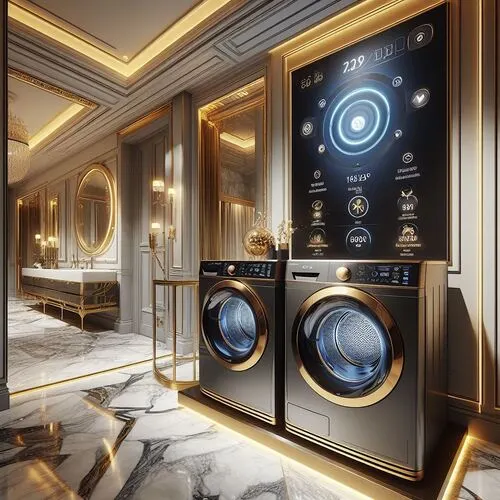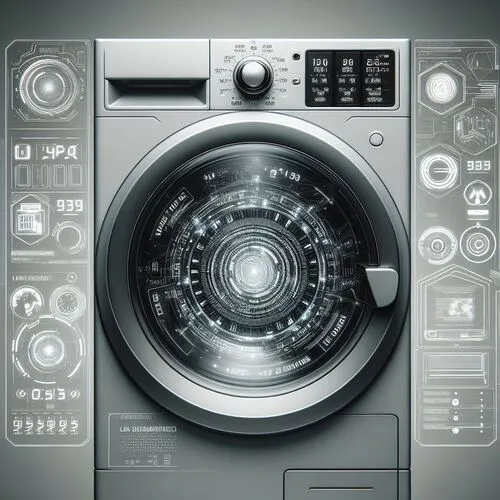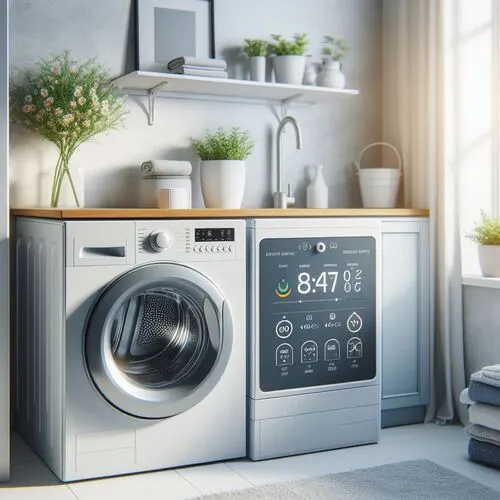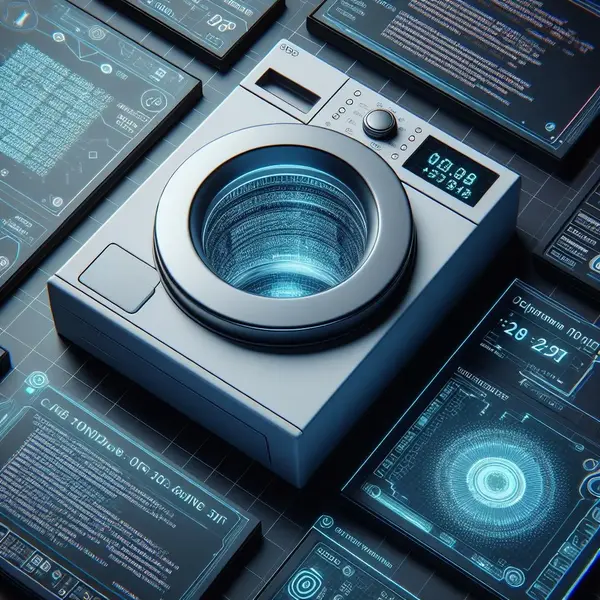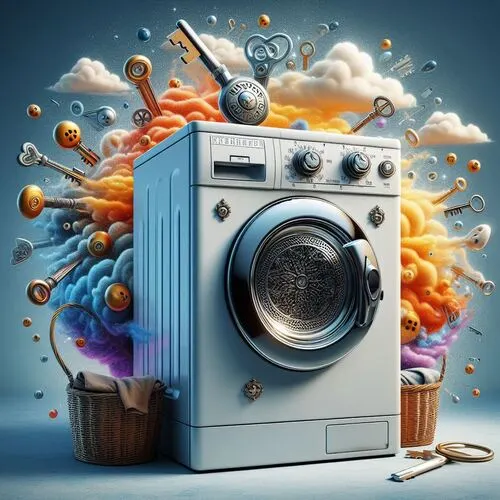Whirlpool Dryers: A Comprehensive Guide
Introduction
Whirlpool is a renowned name in the appliance industry, has established itself as a major manufacturer known for its innovative and reliable products. One of their key offerings, the clothes dryer, plays a crucial role in modern laundry care routines. In this comprehensive guide, we delve into the world of Whirlpool dryers, exploring their types, key features, and factors to consider when choosing the right one.
what are the Types of Whirlpool Dryers?
Top-load dryers
Whirlpool’s top-load dryers stand out for their larger capacity, making them ideal for families with substantial laundry loads. The top-loading design simplifies the loading and unloading process, providing convenience to users. Additionally, these dryers often come at a more affordable price point, making them a practical choice for budget-conscious consumers.
Front-load dryers
Front-load dryers by Whirlpool offer advantages such as gentler care for clothes, reduced wrinkles, and a space-saving design. The front-loading mechanism is particularly gentle on fabrics, making it an excellent choice for delicate garments. The innovative design also allows users to stack their dryer on top of the matching washer, optimizing space in compact laundry rooms.
Special models
Whirlpool caters to diverse consumer needs with special Whirlpool dryer models, including compact dryers, steam dryers, and smart dryers. Compact dryers are space-efficient, steam dryers offer advanced wrinkle removal, and smart dryers provide remote control and connectivity features for added convenience.
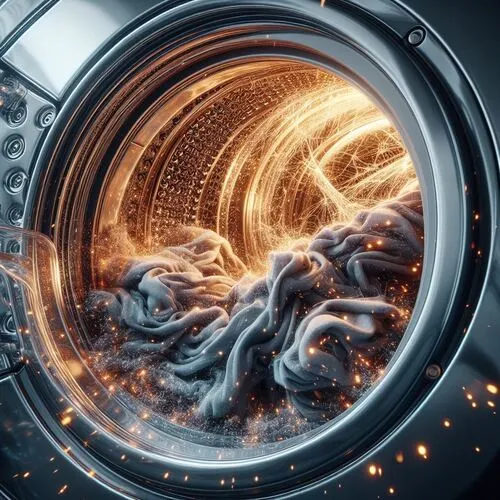
what are the Whirlpool Dryer Fuel Types?
Whirlpool offers a versatile range of dryers, allowing consumers to choose between electric and gas models based on their preferences and home utility setup. Electric dryers are popular for their ease of installation, requiring a standard electrical outlet. They are often preferred in homes where gas connections are not readily available. Whirlpool electric dryers are known for their energy efficiency, making them environmentally friendly and cost-effective over the long term.
On the other hand, gas dryers are designed for homes equipped with a natural gas line. These models are renowned for their faster drying times and cost efficiency, as natural gas is often less expensive than electricity. Whirlpool gas dryers typically feature advanced moisture sensing technologies and a variety of drying cycles, ensuring optimal performance and care for diverse fabric types.
Ultimately, the choice between electric and gas Whirlpool dryers depends on individual preferences, utility availability, and considerations regarding energy consumption. Whichever fuel type is selected, consumers can expect Whirlpool’s commitment to innovation, reliability, and performance to shine through in their laundry care experience.
what are the Key Features of Whirlpool Dryers?
The Key Features of Whirlpool Dryers are:
Moisture sensing technology
Whirlpool dryers incorporate advanced moisture sensing technologies like AutoDry™ or AccuDry™. These features prevent overdrying by accurately assessing the moisture level in the clothes, ensuring optimal drying results while protecting garments from unnecessary wear.
Moisture Sensing Features:
- AutoDry™ technology
- AccuDry™ system
Cycle options
Whirlpool dryers offer a diverse range of cycle options to accommodate different fabric types and drying requirements. From delicate cycles for sensitive fabrics to heavy-duty cycles for bulkier items, users can customize their drying experience based on the laundry at hand.
Examples of Cycle Options:
- Delicate cycles
- Heavy-duty cycles
- Timed drying
Convenience features
Enhancing user experience, Whirlpool dryers come equipped with convenient features like wrinkle prevention settings, cycle signal alerts, and interior drum lights for improved visibility. For those seeking a seamless laundry experience, some models also offer smart features such as app connectivity and remote control.
Efficiency and performance
Whirlpool dryers are designed with a focus on energy efficiency without compromising on drying performance. Certain models may carry certifications or awards attesting to their efficiency, providing consumers with confidence in their environmental impact and cost-effectiveness.

how to Choose the Right Whirlpool Dryer?
When selecting a Whirlpool dryer, several factors come into play, including capacity, type, features, budget, and space constraints. To assist readers in this process, a buying guide or decision tree is provided below:
Whirlpool Dryer Buying Guide:
| Factor | Consideration |
|---|---|
| Capacity | Determine the amount of laundry you typically handle and choose a dryer with an appropriate drum capacity. |
| Type | Decide between top-load and front-load based on preferences, available space, and laundry needs. |
| Features | Prioritize features such as moisture sensing, cycle options, and convenience features according to your requirements. |
| Energy Source | Choose between electric and gas dryers based on your home’s utility setup and preferences. |
| Budget | Set a budget and explore Whirlpool dryers that align with your financial considerations. |
| Space Constraints | Measure the available space in your laundry area to ensure the selected dryer fits seamlessly. |
Whirlpool dryer troubleshooting
When it comes to Whirlpool dryer troubleshooting, it’s essential to navigate the common issues users encounter to ensure optimal performance. Whether your dryer refuses to start, stops spinning, fails to heat up, emits squeaking sounds, or exhibits other concerns, a systematic approach to problem-solving is key. Begin by checking power-related aspects, ensuring the door is properly closed, and examining the control panel for malfunctions. For specific issues like a lack of heat, focus on elements such as the lint screen, heating element, and thermostat. Addressing these concerns promptly can often resolve the problem.
Additionally, understanding how to reset the dryer, start it correctly, and unlock controls is crucial for seamless operation. Regular maintenance practices, such as cleaning lint screens and dryer vents, contribute significantly to preventing issues and extending the appliance’s lifespan. Remember to consult the user manual for model-specific guidance and, when in doubt, seek assistance from Whirlpool support or a qualified technician for more complex problems. By adopting a proactive and methodical approach to troubleshooting, users can keep their Whirlpool dryers running efficiently for years to come.
Conclusion
In conclusion, Whirlpool dryers stand as reliable, performance-driven appliances offering a variety of options to cater to diverse consumer needs. Their commitment to innovation and user-centric features makes them a compelling choice for those seeking quality in laundry care. As you embark on the journey of choosing a dryer, explore the world of Whirlpool for a laundry experience that combines efficiency, convenience, and durability.


